Dealing with rodent problems the poison-free way
Poison-free rodent control
When rodent control is needed for the places we live, work, or eat, you can choose methods that prevent unnecessary suffering for mice and rats and protect wild animals.
Here is how:
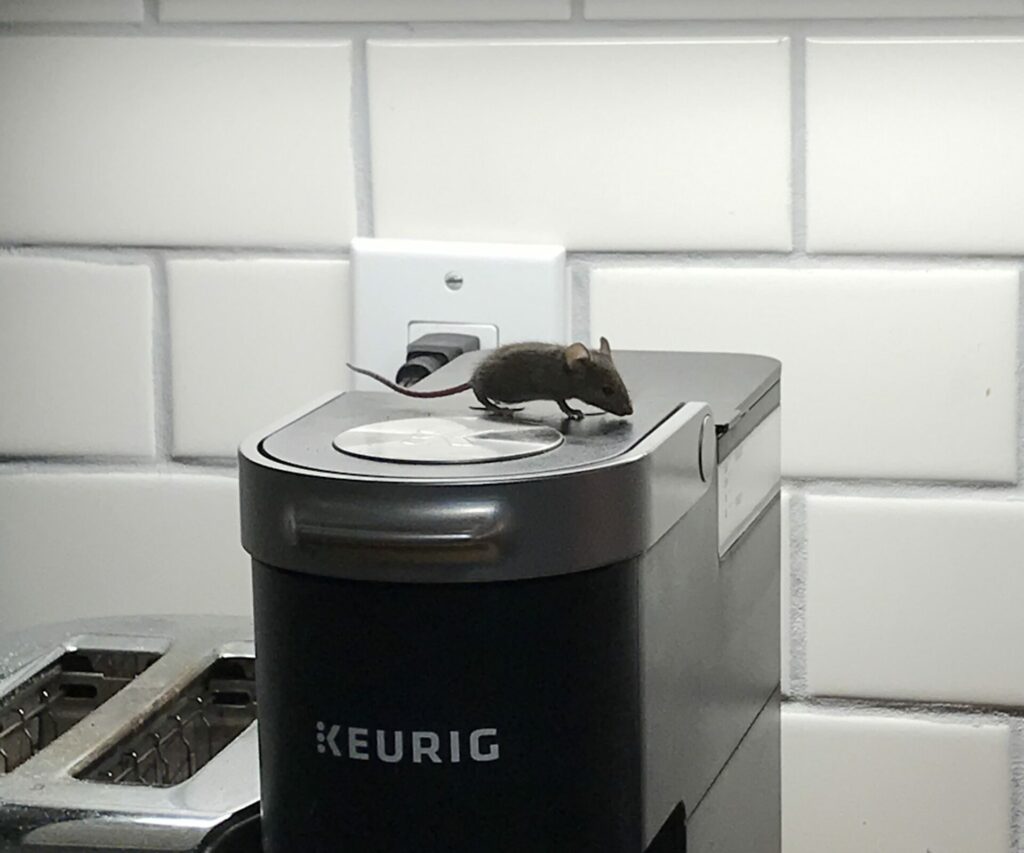
Rodent-proof your home
You can prevent or exclude rodents by taking a few simple steps to rodent-proof your home:
- Remove attractants: Keep people and pet food indoors, inside glass, metal or sturdy plastic containers. Keep compost and food waste in secure bins, or in the freezer until the day of pick up.
- Locate their entry points: Check the inside and outside of your home for any potential spots that rodents might get in. Remember, mice can enter a home through holes as small as a dime! Use a flashlight to carefully check pipes, corners, gaps, vents, and behind appliances.
- Exclude and repair: Close off all the holes that you identified using heavy-gauge wire screening, metal mesh, and expanding foam sealant. Install vent covers and door sweeps to prevent access.
- Maintain, maintain, maintain! Check regularly (spring and fall) for signs of renewed rodent activity and make repairs promptly.
Snap traps
Snap traps can cause a quick death for mice and rats but can be dangerous to wildlife and pets unless they are kept in a locked box, or indoors where other animals and people can’t access them.
Keep an eye out for new products on the market that can tell you when a snap trap has been triggered! These devices can be as simple as a small coloured flag that shows when triggered, or advanced enough to send you a text or other alert.
The quality of snap traps varies widely, and it can be difficult to choose the best ones, so make sure you know how to choose snap traps.
Captive-bolt traps, or ‘piston traps’
These traps are catching interest all over the world. First developed in New Zealand, the Goodnature A24 trap is now available for purchase in North America. The trap has a small gas canister that pressurizes a bolt – when a rodent puts their head inside and triggers the trap, the bolt moves forward to kill quickly and humanely.
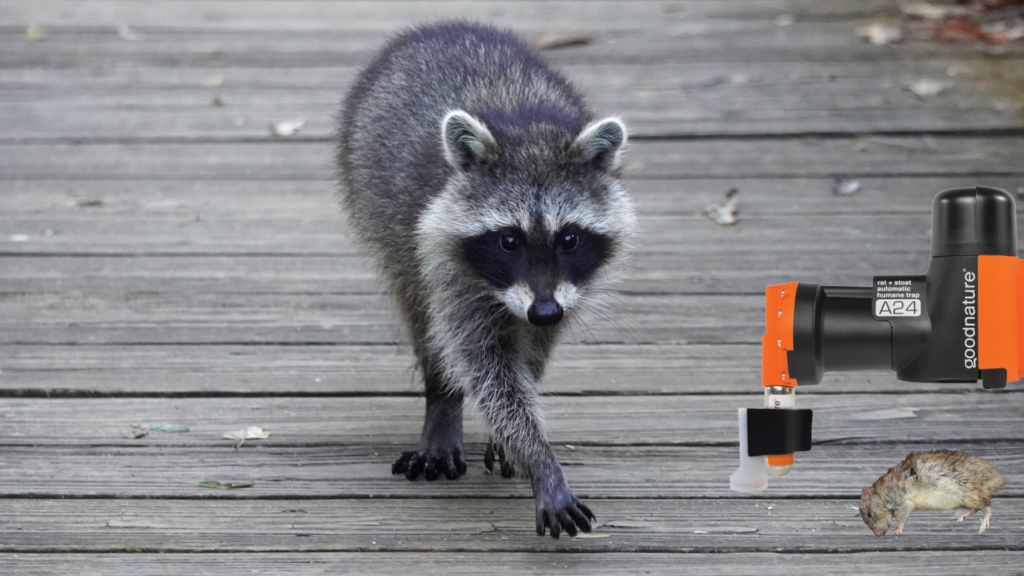
These traps are self-resetting. After the trap fires, the bolt slides back and the rodent carcass drops out the bottom. This helps scavengers like raccoons find a poison-free meal! The traps can be fitted with a squirrel-blocking device, and a device to let you know when the trap is triggered.
In partnership with the UBC Animal Welfare Program, the BC SPCA supported an MSc student researching the humaneness of the trap and potential harms to non-rodent animals.
Live traps
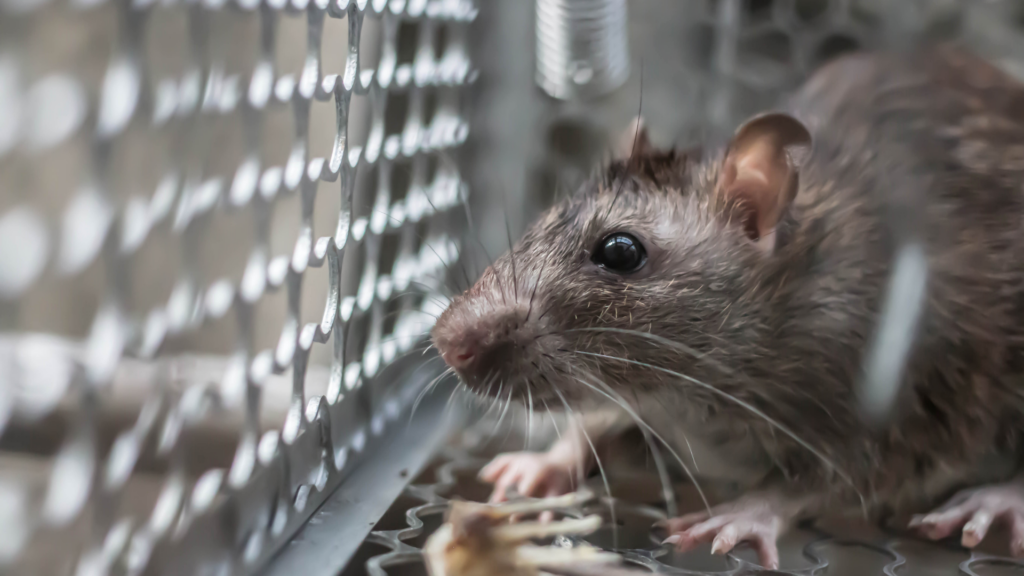
Live traps are available for mice and rats, but treat with caution – live trapping is only humane if the traps are checked frequently. The high metabolism of small rodents makes them very sensitive to temperature and lack of food or water.
Live traps are only effective when you’re dealing with just a few mice or rats in the home, and proper exclusion will be needed to prevent them from simply returning. Mice and rats should only be trapped and released immediately outside the home, to prevent spreading them to new areas.
You can ask a professional to use live traps for you, or you can do this yourself as long as you’re able to check the traps at least twice a day (morning and night).
Don’t use glue traps!
Glue traps or glue boards are plastic or metal trays coated with glue designed to catch rodents. These traps are legal and can be found in stores, but they cause rodents and other animals to suffer tremendously. Birds, small wildlife and even pets can get caught in this sticky situation.
Never use glue traps! Learn about the harms of using glue traps to control rodents and safer alternatives to use.
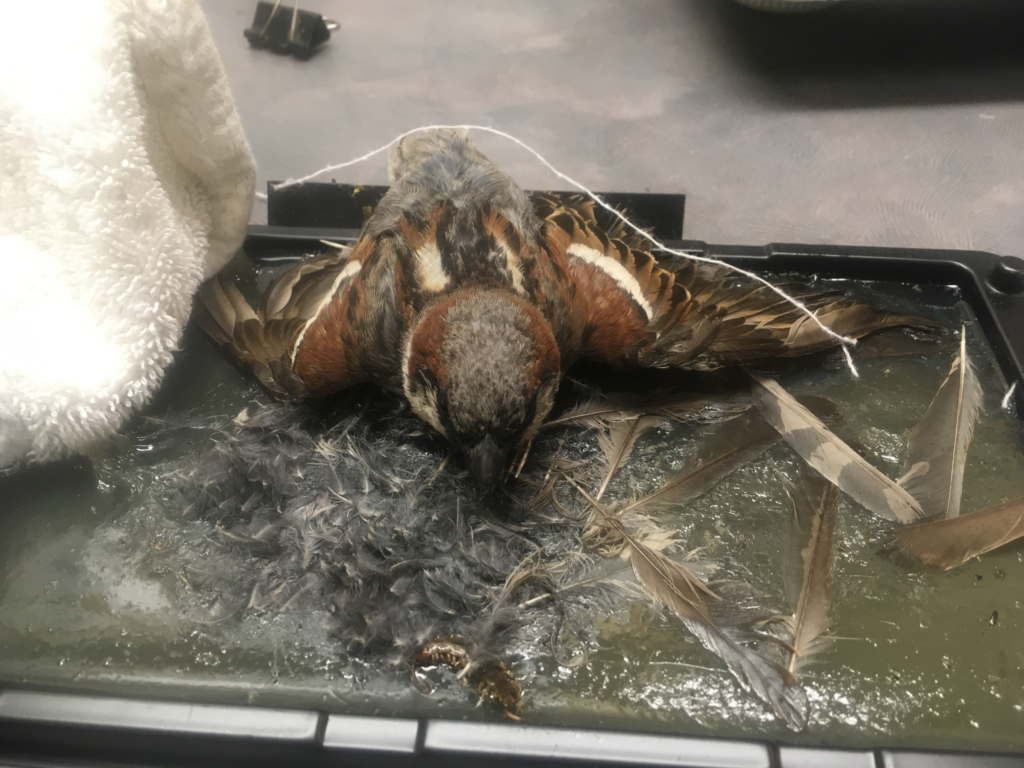
You can successfully get rid of unwanted rodents without using poison and protect your local wildlife at the same time.
B.C. ban on rodenticides
In July 2021, B.C. temporarily banned second-generation anticoagulant rodenticides (SGARs) for sale and use in residential and non-essential commercial settings in the province. These rodenticides are the most commonly used in Canada – once you know where to look, you’ll see them everywhere.
In January of 2023, the province implemented a ban on second-generation anticoagulant rodenticides.
These rodenticides cause internal bleeding, which results in a slow and painful death for mice and rats. Rodenticides are also dangerous for owls, eagles, raccoons, cougars and even cats and dogs.
Every year, hundreds of domestic and wild animals receive emergency medical care to combat the deadly effects of secondary poisoning from eating rodents killed by rodenticides, and unknown numbers of others suffer painful deaths.
It’s up to you to choose the poison-free way! The BC SPCA has resources to help. If DIY isn’t your style, you can hire a BC SPCA–recommended AnimalKind pest control company to help you.
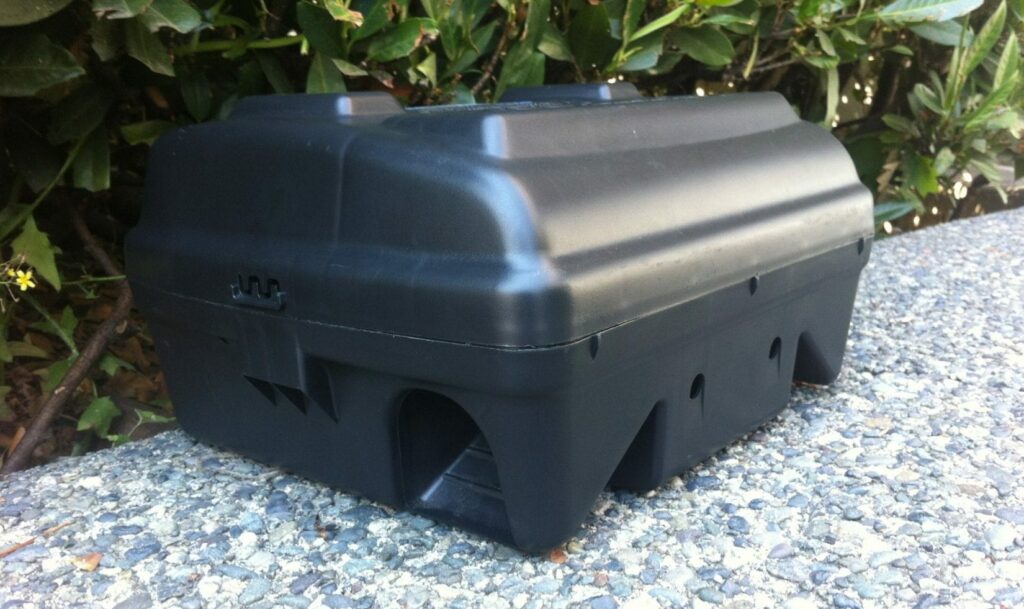
Never miss an AnimalKind update!
The BC SPCA processes your personal information to provide you with the products and services you have requested as well as for advertising and analytics purposes. More information on uses and how you can opt out may be found in our privacy policy.